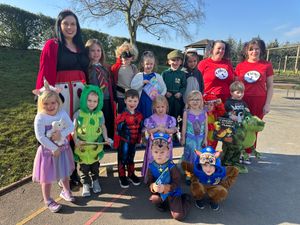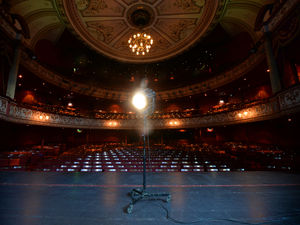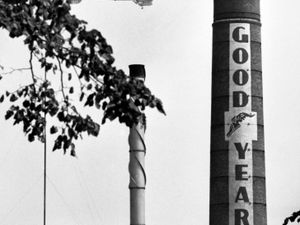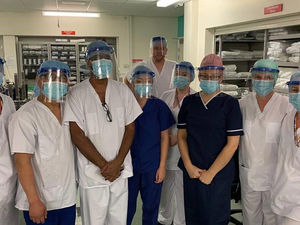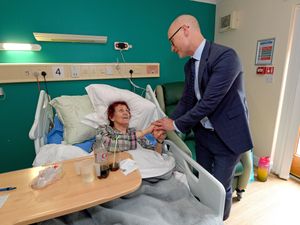Flashback to 1988: Walsall Leather Museum got royal seal of approval
The Princess Royal displayed an impressive knowledge of the saddlery trade when she officially opened Walsall Leather Centre.
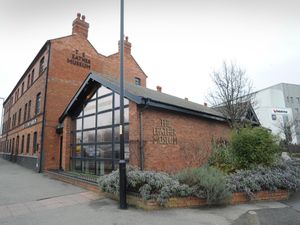
For more than 200 years the people of Walsall have been making some of the world’s finest saddles and leather goods.
It had decided that a museum was the perfect way to celebrate the borough’s world famous industry.
There would also be training facilities to equip people with the skills they needed for traditional saddlery and fancy leather work.
Princess Anne, the Royal family's leading horsewoman, was invited open the centre on June 10, 1988.
Dressed in cream, she unveiled a plaque to mark the special occasion and was presented with a cheque for the Riding for the Disabled charity and a special leather gift from the museum team.
During her visit, she spent two hours in the new museum chatting to trainees and staff at the prestigious event.
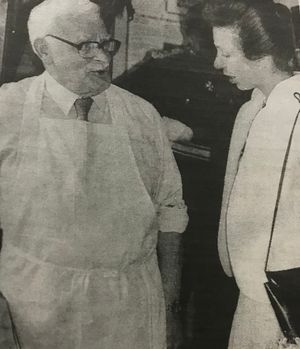
And according to Ron Hill, head of the training centre, the princess showed great interest in the industry.
He told the Express & Star: "The Princess spoke to literally everyone in the centre about their work.
"She took great interest in what they were doing and asked intelligent questions about the saddlery work.
"She was concerned about the future of the trainees and was especially pleased to hear that local trade takes on over 80 per cent of people on different courses.''
The museum was established in the derelict J.Withers & Son buildings at the corner of Wisemore and Littleton Street West.
The factory was built in 1891 for the production of lorinery, known as saddlers’ ironmongery, and towered above the roofs of the rows of terraced houses which once stood in the surrounding streets.
Nearby were the Littleton Street limestone mines a sign of the extensive mining in the vicinity at the turn of the 20th Century. Limestone was used as a flux in the smelting of iron ore and kilns were left on the site.

Before opening it as a museum, Walsall Council had given the property an extensive revamp with the help of a grant from the European Regional Development Fund which was used to infill the old limestone workings and stabilise buildings.
Even the gardens - which stand where Gainsborough Handbag company, a main supplier to Marks and Spencer, was once based - were landscaped with plants hand-picked to tell the story of how trees and shrubs were used in leather tanning.
Bob Whitehouse, chairman of The Strand, a local leather manufacturing firm, added: "I think Princess Anne's visit to the centre will put the building on the map.
"The place is unbelievably important - we have 240 people working for us and depend on the training centre for our future employees.''
Saddler of the Year Frank Baines set up an authentic saddlery workshop and gave the Princess a demonstration of his work.
He said: "The trade is booming at the moment - there is no danger of it fading out as some people seem to think.
"This centre is really super. It means that youngsters are learning about Walsall's traditional industry.''
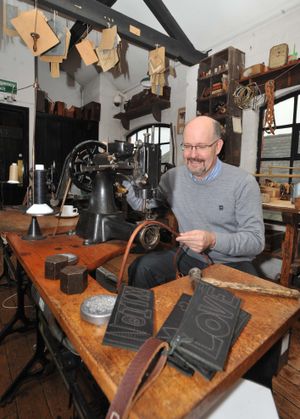
Department of Environment regional director Hugh Ellis Rees said the department had pumped £500,000 into the centre based in a converted leather factory in Wisemore.
He said: "It's not for nothing the football team is called the Saddlers. Walsall has done really well to transform this building.''
By December, the museum had already welcoming its 10,000th visitor and acting curator Mike Glasson said the number of people coming through the doors was nearly double original forecasts.
"Next year coach tour operators will be using the museum and staff here are looking forward to seeing even more visitors in the coming months.
"Walsall's reputation for quality leather goods can only benefit,'' he told the Express & Star at the time.
A selection of Walsall-made leather goods from the museum shop were presented to the10,000th visitor, who was Barbara Lowndes, from Walsall.
Visitors had come from all parts of the country to find out more about Walsall's famous trade at the museum with a difference.

And that difference was that they could chat with experienced leather workers and see them at work and handle leather in the workshop.
They are also brought right up to date with the still thriving leather trade by viewing displays of recently made Walsall saddlery and leather goods.
Shortly after the official opening the museum won the Best Museum of Social or Industrial History Award at the national Museum of the Year Awards.
Since then it's continued to be popular with with families and tourists for its photographic displays, saddler and leather goods exhibits, artefacts, demonstration workshops and school holiday activities as it offers a fascinating insight into the story of Walsall's famous leather working trade.

